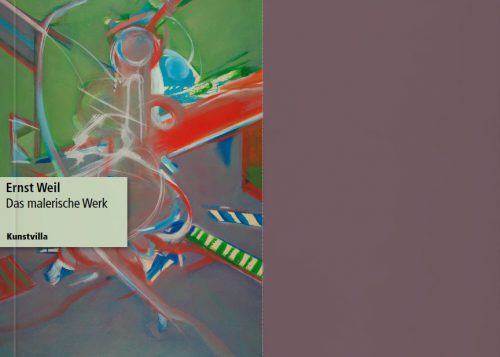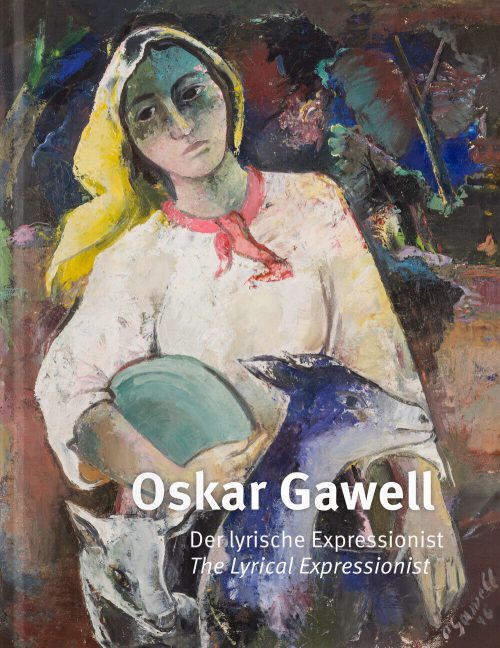
In 1965, the artist Ernst Weil took up a professorship for painting at the Academy of Fine Arts in Nuremberg. The vocation crowned an early recognized artistic work that culminated in a characteristic late work. As a student of Willi Geiger at the Munich Art Academy, Weil first perceived classical modernism from 1946 before discovering the lyrical cubism of Fernand Légers, who gave him his real tools. In 1957 Weil moved to Paris, where he developed an expressive, dynamic style based on the boxer's motif. As a professor at the Nuremberg Art Academy, Weil created abstract landscapes that are built up as struts of colored surfaces in space and which may show poetic and technoid features. For the first time in almost 40 years, Ernst Weil's oeuvre is recognized with a comprehensive retrospective. You can discover an artist who actively helped shape the debates surrounding the formulation of abstract painting. The accompanying volume emphasizes Weil's importance as a representative of the second modern age as well as his role as an academy professor and includes a richly illustrated catalog raisonné of the paintings.
YOU MIGHT ALSO LIKE
HOME



